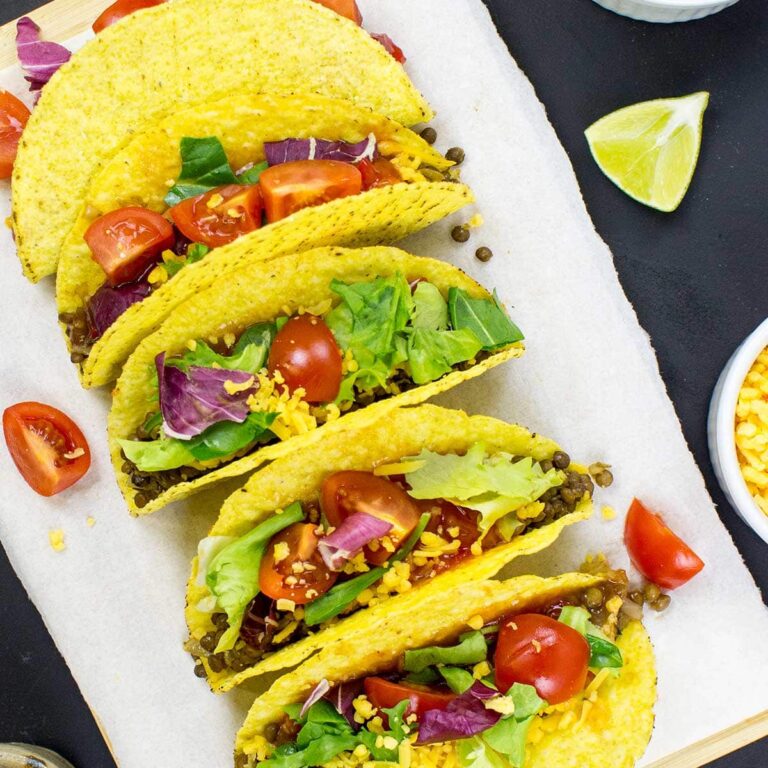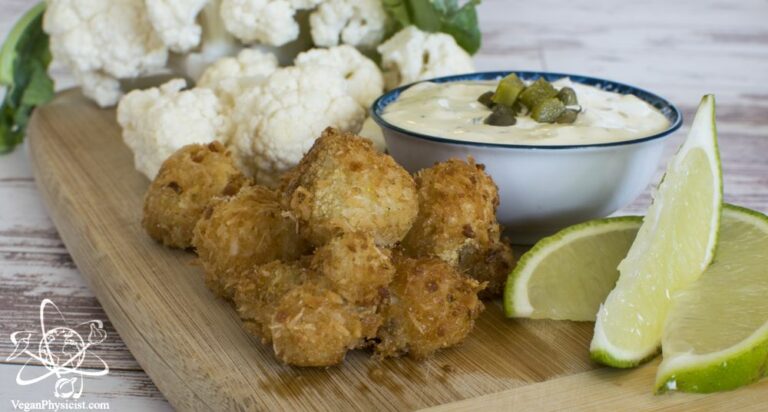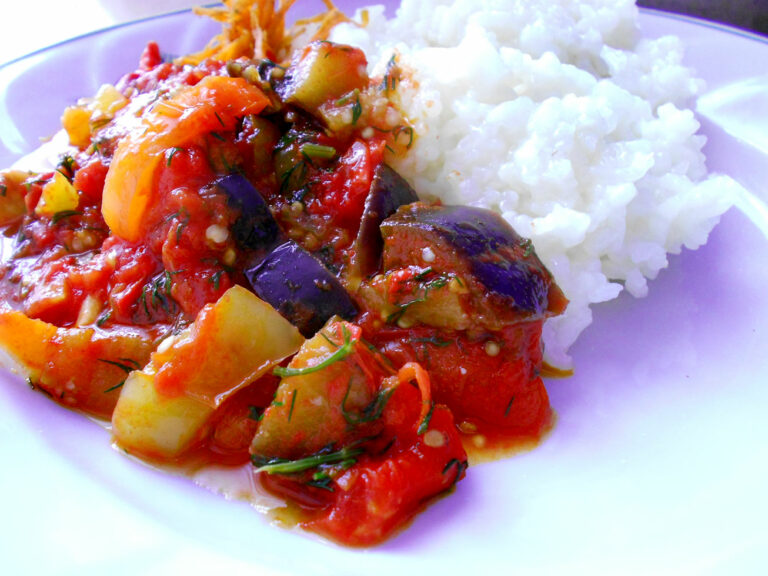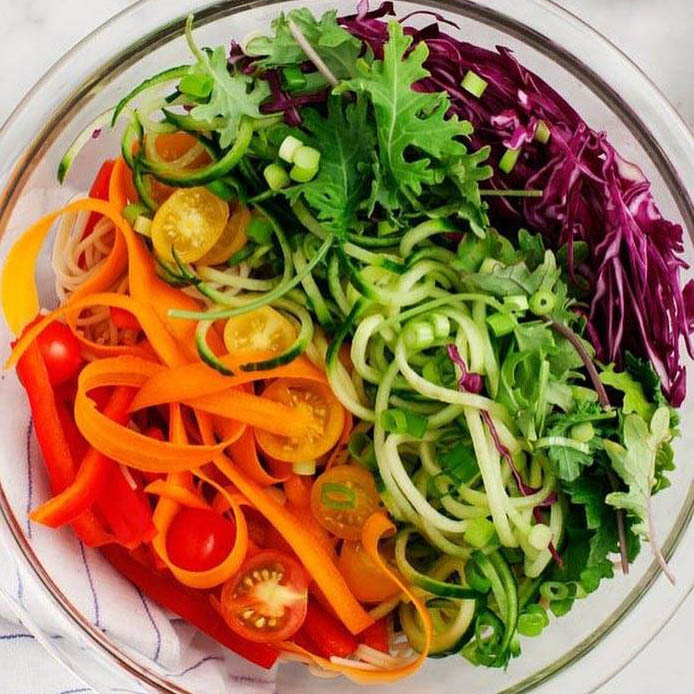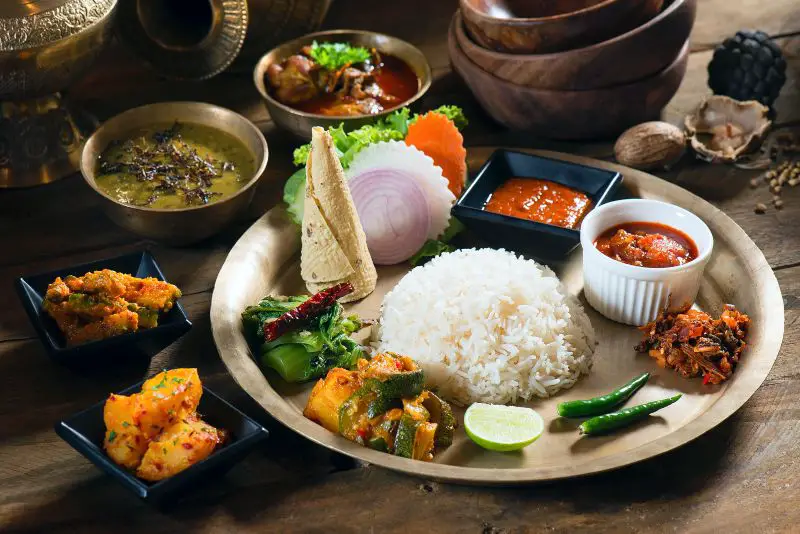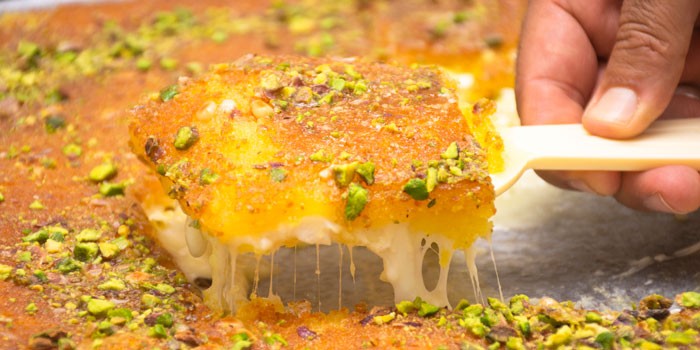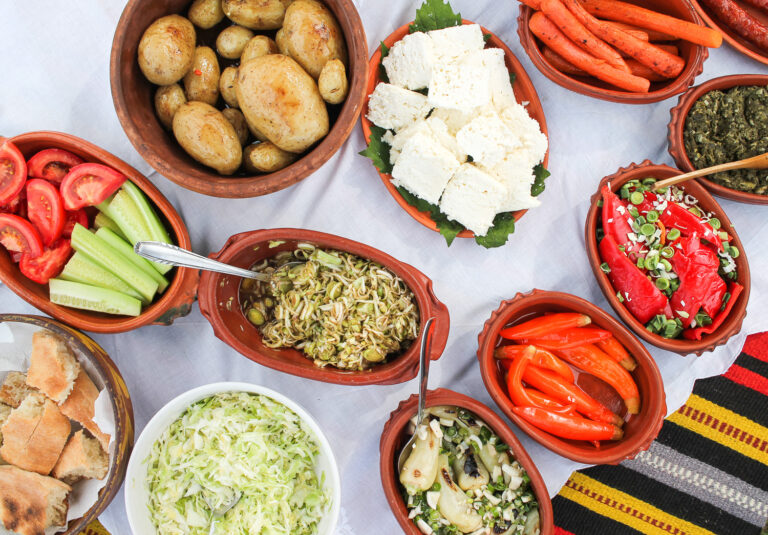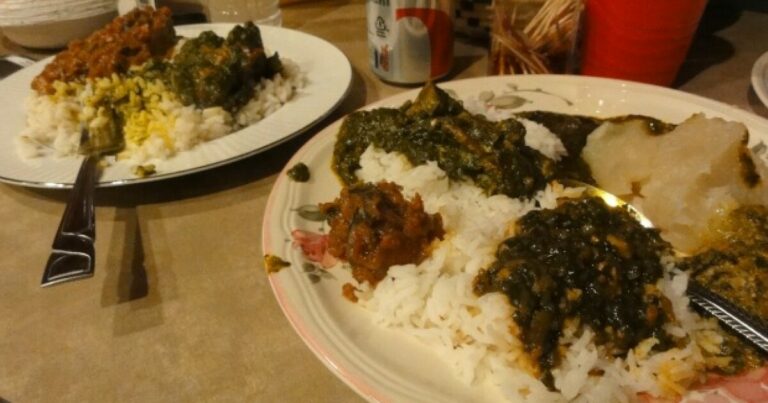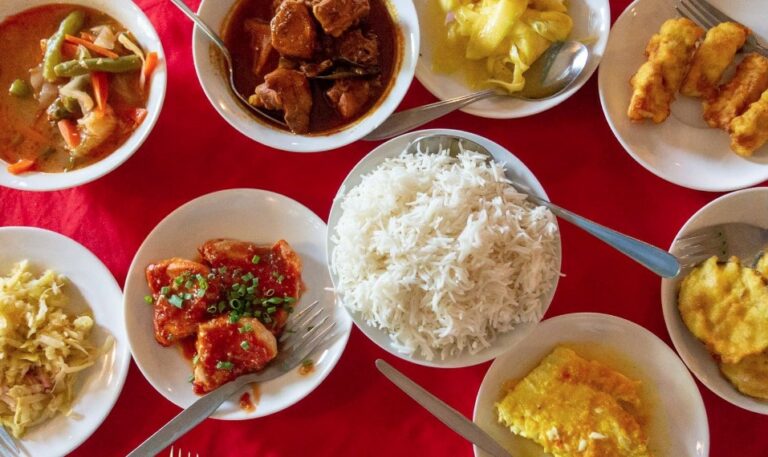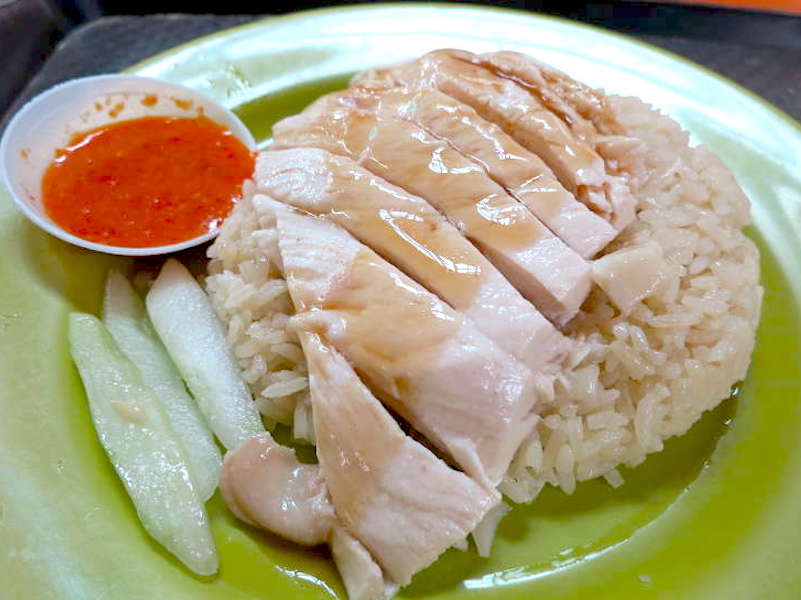Introduction: The Challenge of Vegetarianism in Mexican Cuisine
Mexican cuisine is known for its bold, spicy flavors and hearty meat-based dishes. For vegetarians and vegans, finding options at Mexican restaurants can be a challenge. However, with the rise of plant-based diets, there are now more options for those who choose to avoid meat. In this article, we will explore the plant-based staples in Mexican cuisine, as well as vegetarian and vegan alternatives to classic dishes.
Understanding Mexican Cuisine and Its Meat-centered Traditions
Mexican cuisine is heavily influenced by indigenous cultures, as well as Spanish and European influences. Meat, particularly beef and pork, has traditionally been a staple in Mexican dishes. Popular meat-based dishes include carne asada, carnitas, and al pastor tacos. However, there are also many dishes that are centered around plant-based ingredients such as beans, rice, and vegetables.
Plant-based Staples in Mexican Dishes
Beans are a staple in Mexican cuisine and are commonly used in dishes such as refried beans, frijoles negros, and frijoles charros. Rice is also often served alongside these dishes. Other plant-based staples include corn, avocado, and peppers such as poblano and jalapeno.
Vegetarian and Vegan Alternatives to Classic Mexican Dishes
For those looking for vegetarian and vegan options, there are many alternatives to classic Mexican dishes. For example, instead of carne asada, vegetarian options include grilled portobello mushrooms or soy-based protein. Instead of carnitas, jackfruit or tofu can be used as a substitute. In place of al pastor, roasted cauliflower or seitan can be used.
Best Restaurants and Chains for Vegetarian and Vegan Options
Some Mexican restaurants and chains have embraced the plant-based movement and offer a wide range of vegetarian and vegan options. Chipotle, for example, offers sofritas, a tofu-based protein option that can be used in their burritos, bowls, and tacos. Taco Bell also has a variety of vegetarian and vegan options, including their black bean crunchwrap supreme and bean burrito.
Conclusion: Enjoying Mexican Food Without Compromising Your Diet
Mexican cuisine may have a reputation for being meat-heavy, but there are plenty of plant-based options available for vegetarians and vegans. By understanding the plant-based staples in Mexican dishes and seeking out vegetarian and vegan alternatives, you can still enjoy the bold flavors and spices of Mexican cuisine without compromising your dietary choices.

